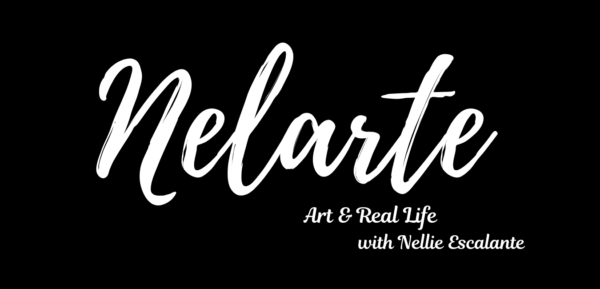
Collection: Studio Museum in Harlem
Barkley Hendricks and the inspiration for his art
While touring European museums and churches in the ’60s, a 21-year-old Barkley Hendricks was struck by the lack of black presence in Western art. This inspired his now best known works: life-sized paintings of black people in empowered, classical depictions. These were friends, relatives and strangers, originally from his hometown of Philadelphia, that communicated a new assertiveness and pride among black Americans.
Who is this Beautiful Afro Lady in the Painting?
The particular woman in “Lawdy Mama” is Barkley’s second cousin, painted in the style of a Byzantine icon. Gold leaf surrounds her modernly-dressed figure, the arched canvas acting as a halo around her entire body, including her afro.
Claiming Space as a Natural Beauty
Byzantine icons generally depict Jesus and virtuous saints. Here, Barkley venerates his cousin and all she represents, inserting her into the art historical canon and elevating her to icon status. In her guarded yet vulnerable pose, she claims this space.
The History of the Afro in the 1960s
In the 1960s wearing an afro represented resistance. After decades of subjecting themselves to European beauty standards, African Americans reclaimed their hair. Political activists such as Angela Davis and Kathleen Kleaver proudly rocked afros while fighting oppression, and the hairstyle emerged as a symbol for Black beauty, liberation and pride. This didn’t last long.
The Crown Act
Sixty years later, hair politics continue. In 2019, California’s CROWN ACT became the first law prohibiting discrimination based on hair style and texture.
Real life Reflection
I started relaxing my hair at age 11, just in time for my 6th grade graduation. This Puerto Rican right of passage “unveiled” what I deem now to be, a false sense of self to the world. After reading that the chemicals in hair relaxers actually break molecular bonds weakening hair strands, I vowed to go natural.
Halos and crowns. We all have a right to wear our hair any way we like, but I wonder in what other ways have we broken bonds with ourselves in order to fit in, aiding invisibility, and denying ourselves our divinity and power.
